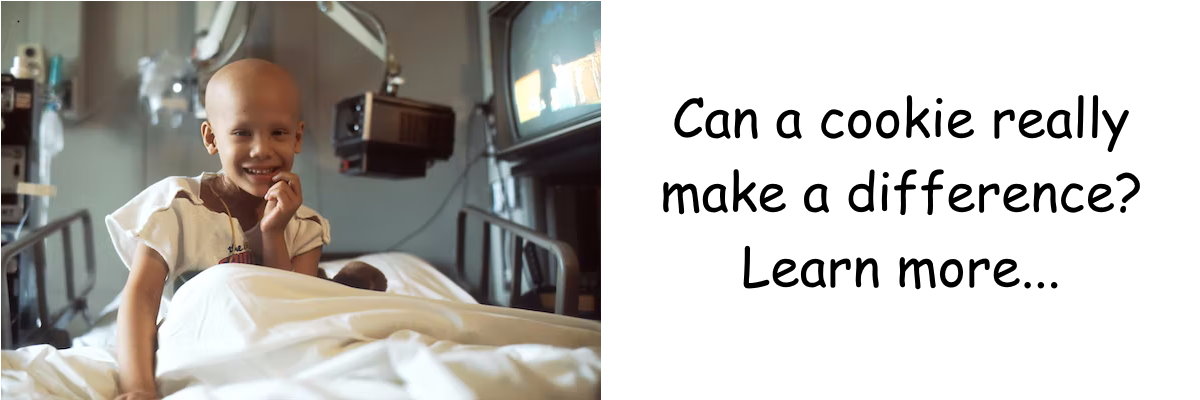More than 15,590 parents will be told this year that their child under age 19 has cancer. Unfortunately, it is much more common than you might expect for children to have cancer. Here are a few details:
- 1,780 children will die of the disease in the United States.
- The most common types of childhood cancer are leukemias, brain and central nervous system (CNS) tumors, and lymphomas.
- In America, cancer is the disease that kills kids and teenagers the most frequently.
There is a “cost” for individuals who do survive cancer therapy. Of those who do live, two-thirds deal with at least one chronic medical problem. One-fourth of survivors experience a treatment-related late impact that is considered severe or life-threatening. Heart damage, subsequent malignancies, lung damage, infertility, cognitive decline, growth problems, hearing loss, and other late effects of treatment are possible. More and more evidence points to pediatric cancer being “for life.” Late consequences are a result of either the disease process or rigorous treatment regimens administered when children’s bodies and brains are still growing and developing. As a result, patterns of late impacts include impairments, long-term health issues, and even further cancer-related conflicts in the future.
All childhood cancer survivors must be continuously monitored and given continuing physical and psychological treatment throughout their adult life.
The Big Question
Why then, do the 12 primary pediatric malignancies receive less than 3% of the almost $5.3 billion government budget allotted to the National Cancer Institute?
The idea behind Cookies For a Cure is to teach kids, parents and families how to raise money for cancer research with cookie dough or cookies. Donations can be given to hospitals and organizations that support pediatric cancer research. They undoubtedly need any and all assistance. We also seek to raise awareness of the prevalence and destruction of this disease among American youth through our Community Leaders Program.
All childhood cancer survivors must be continuously monitored and given ongoing physical and psychological support throughout their We can fight for more money for research by bringing attention to the fact that childhood cancer is still the leading cause of death for children in America.
The National Cancer Institute’s (NCI) SEER Program compiles statistics on the prevalence of cancer in children and adolescents (Surveillance, Epidemiology and End Results). The information is gathered in 10 locations, each of which represents a different geographic region of the United States (5 states, including Connecticut, Hawaii, Iowa, New Mexico, and Utah, and 5 cities, including Detroit, Atlanta, San Francisco, Los Angeles, and Seattle). In order to depict national data on childhood cancer, the data is then extrapolated.
